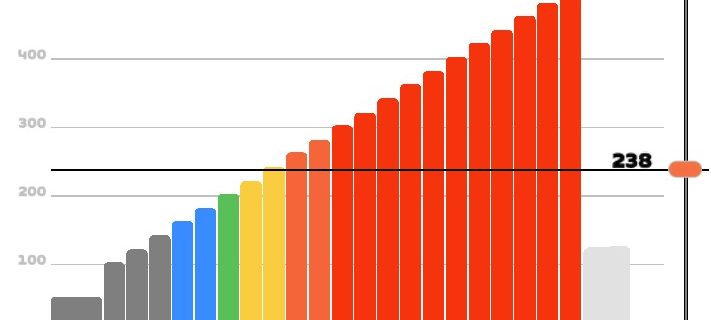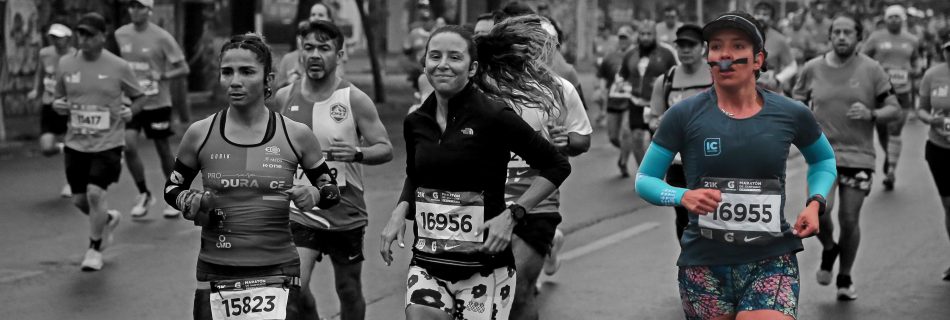Knowing When to Rest: How to Avoid Overtraining by Monitoring Recovery and Respiratory Rate
Proper rest and recovery are essential components of any successful training program. At CHASKi, we believe that understanding when to take a break can help athletes avoid the pitfalls of overtraining. This post explores the principles of recovery, the differences between overreaching and overtraining, and how respiratory rate (RR) can serve as an indicator of …







